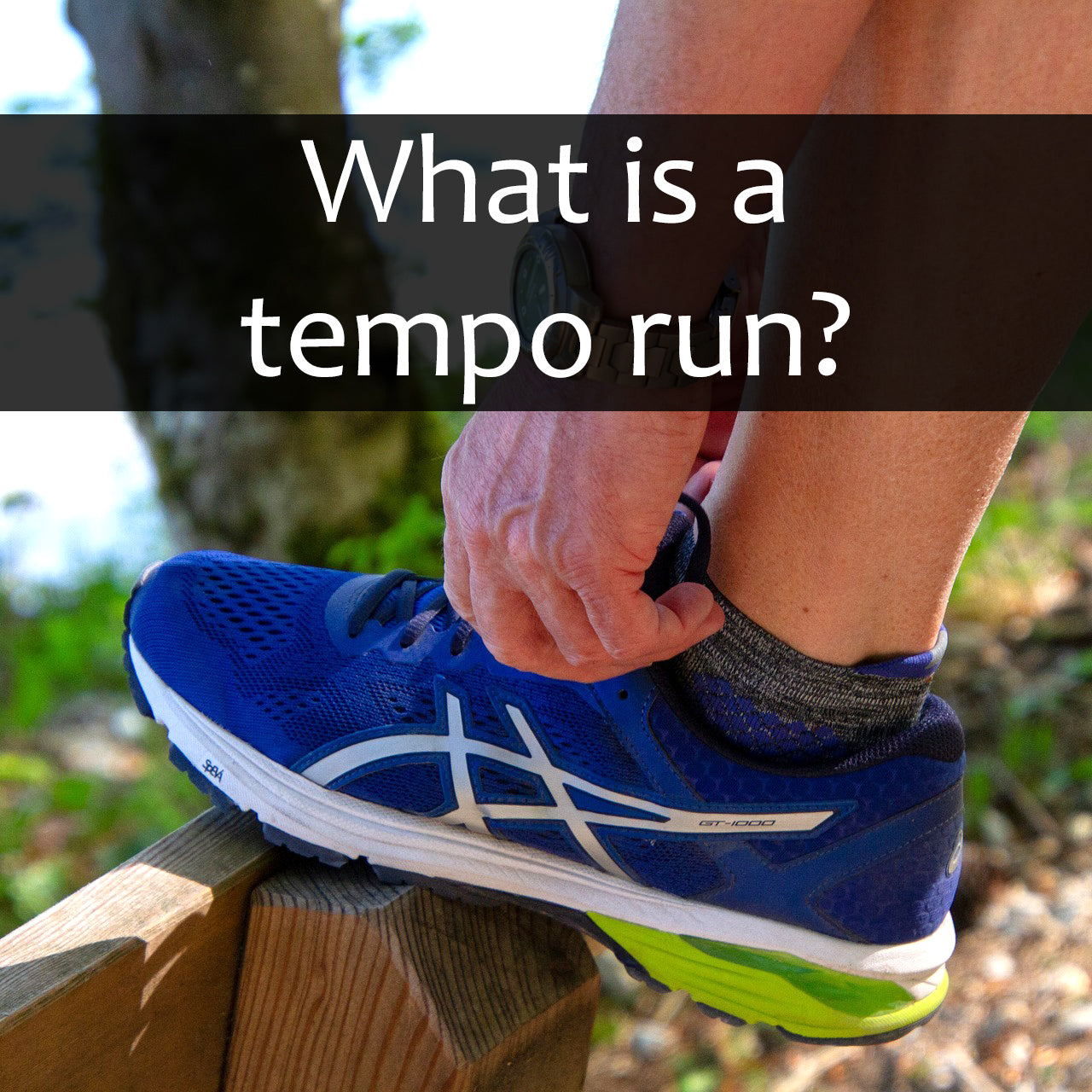Tempo!
Can I ask you something? What is tempo?
Often times in coaching circles, the language we speak with can be presented very loosely. This language is also referred to as nomenclature. The way that one coaches uses a term, might be meant to be something very different when used by another coach. There is no single term in endurance sports where there is more confusion and differing meanings that the word ‘tempo.’
Case in point. I have a pretty well respected book sitting on the shelves of my library that focuses on triathlon training. Here is a quote from that book:
“Tempo intervals (on the bike) are conducted at a lower power and HR than lactate threshold intervals. In running workouts, the zones are reversed making tempo runs harder than lactate threshold workouts.”
So you can easily see why there is so much confusion about this term. The number one reason we have this confusion is quite simple – ‘tempo’ is not a term that comes from exercise science.
In science we have terms like VO2 max, or lactate threshold. These terms have strict definitions that allow for no confusion. Tempo has no science behind it. Thus, coaches twist the term to meet their own definition.
That being said, enough has happened with the term ‘tempo’ to give it somewhat of a definition. Typically what the most successful coaches have done with tempo workouts have laid the foundation for most nomenclature within the industry. Here are some pointers you should remember when you see the next tempo workout on your training schedule.
- Tempo means medium. Not easy, not hard. It is an intensity level that is typically stuck in between a lactate threshold effort and an ‘easy’effort. If I said to you, go run for 30 minutes at a moderate intensity – that would be a tempo run. If you are an athlete who is not as experienced and maybe has not been subjected to the word tempo by coaches, you can easily understand a ‘moderate’ effort. If I told the same athlete to do a 30 minute tempo run, they might be confused. Tempo = medium.
- For an experienced athlete, tempo doesn’t build a lot of fitness. Fitness building happens when we are working closer to V02 max intensity. Now, if you have performed a tempo workout recently or you have them on your training schedule, don’t be upset! There are other great reasons to be performing tempo efforts besides building fitness. I will get to those shortly!
- With tempo workouts, more than any other workout type, it is more important for you to have an understanding of why you are doing a tempo workout. So pay attention to your training program, and ask questions if you need to. With V02 max or lactate threshold workouts, we know we perform these workouts because they build incredible fitness and speed. We know that we do long, endurance oriented workouts to build our aerobic base and get us ready to cover the distance on race day. But with tempo, we don’t build a lot of fitness, and they are short enough that we don’t build a lot of endurance. So to keep your confidence high in your training program – gain an understanding of how tempo is being used.
Within my coaching programs, I use tempo quite often. That might surprise you since I just said that tempo doesn’t build a lot of fitness. But not every workout you do needs to increase your raw fitness.
Being a sophisticated endurance athletes means there are more things to accomplish out of our workouts than just simply fitness building. In fact, if you attempt to build more fitness with every single workout you do - that plan will backfire.
Within my coaching programs, here are some ways in which I commonly use tempo workouts. Remember, tempo workouts mean we are doing long segments at moderate intensities.
- Race specific training. Many events will have you working at a ‘moderate’ intensity for an extended duration. Sprinkling in some long tempo segments in the buildup will adapt your current fitness to race situations. Examples would be an Olympic distance or half-iron distance triathlon, or a half marathon run.
- Threshold maintenance. Your lactate threshold has more to do with your ability on race day than any other fitness marker. Having a lactate threshold that pushes upwards towards your VO2 max is at the core of effective endurance training. But you will go through periods in the training year where you are not close to race day, or you are focusing your training on other areas. By doing a periodic tempo work, you can maintain your lactate threshold abilities without doing more strenuous lactate threshold intervals. A common example of this is a triathlete who wants to focus on running in the off season. By doing a weekly tempo session on the bike, the athlete does a great job of minimizing losses and maintaining their lactate threshold abilities on the bike.
- Coming Back. Imagine taking a break after your racing season for 4 -6 weeks. When you come back into your training, imagine immediately tackling some tough lactate threshold or VO2 max intervals. This would be an injury risk and even an overtraining risk even though the body should be fresh after having time off. By doing some moderate intensity tempo work, you bridge your way towards being able to do some effective LT or VO2 max type work in 6-8 weeks.
There you have it - my primer on the work tempo and how you should treat it in your training. Tempo certainly has a place when effectively used, but should not be used as a placeholder in a training schedule. Make sure it has meaning!


